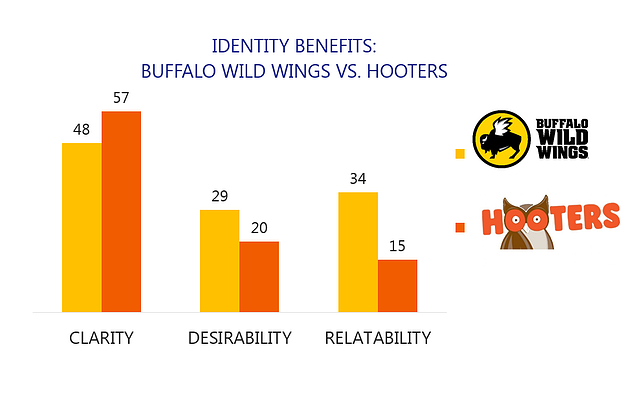It’s about a 4 min. read.

Dear Dr. Jay:
It’s Valentine’s Day, how do I find the one ones that are right for me?
-Allison N.
Dear Allison,
In our pursuit of love, we’re often reminded to keep an open mind and that looks aren’t everything.
This axiom also applies to lovestruck marketers looking for the perfect customer. Often, we focus on consumer demographics, but let’s see what happens when we dig below the surface.
For example, let’s consider two men who:
On paper these men sound like they’d have very similar tastes in products and services–they are the same age, nationality, and have common interests. But when you learn who these men are, you might think differently.
The men I profiled are the Prince of Darkness, Ozzy Osbourne, and Prince Charles of Wales. While both men sport regal titles and an affinity for canines, they are very different individuals.
Now let’s consider two restaurants. Based on proprietary self-funded research, we discovered that both restaurants’ typical customers are considered Sporty, Athletic, Confident, Self-assured, Social, Outgoing, Funny, Entertaining, Relaxed, Easy-going, Fun-loving, and Joyful. Their top interests include: Entertainment (e.g., movies, TV) and dining out. Demographically their customers are predominately single, middle-aged men.
One is Buffalo Wild Wings, the other, Hooters. Both seem to appeal to the same group of consumers and would potentially be good candidates for cross-promotions—maybe even an acquisition.
What could we have done to help distinguish between them? Perhaps a more robust attitudinal battery of items or interests would have helped.
Or, we could look through a social identity lens.
We found that in addition to assessing customer clarity, measuring relatability and desirability can help differentiate brands:
When we looked at the scores on these two dimensions, we saw that Buffalo Wild Wings scores higher than Hooters:

Meaning, while the typical Buffalo Wild Wings customer is demographically like a typical Hooters customer, the typical Hooters customer is less relatable and socially desirable. This isn’t necessarily bad news for Hooters–it simply means that it has a more targeted niche appeal than Buffalo Wild Wings.
The main point is that it helps to look beyond demographics and understand identity—who finds you relatable and desirable. As we see in the Buffalo Wild Wings and Hooters example, digging deeper into the dimensions of social identity can uncover more nuanced niches within a target audience—potentially uncovering your “perfect match”.